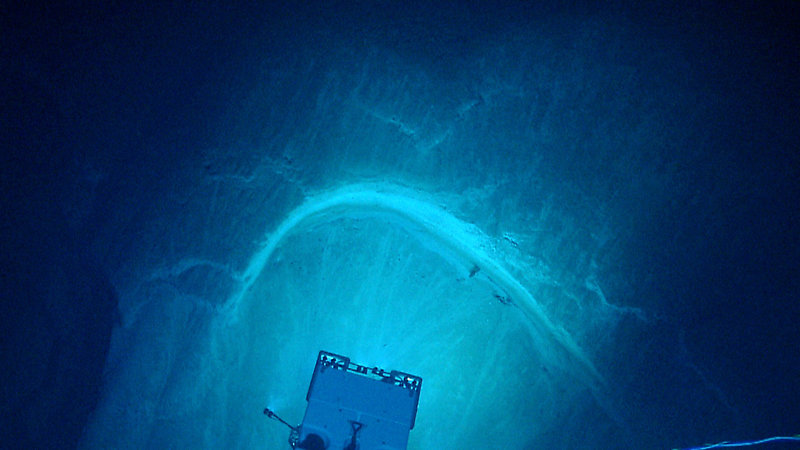August 10, 2020: Headwall Scarp

Image courtesy of the NOAA Office of Ocean Exploration and Research, Exploring Puerto Rico’s Seamounts, Trenches, and Troughs. Download larger version (jpg, 1.1 MB).
Image of remotely operated vehicle Deep Discoverer exploring a spectacular arcuate, headwall scarp measuring 20 meters (66 feet) across, seen in the carbonate Juanna Diaz Formation, Guayanilla Canyon, to the south of Puerto Rico, during the third leg of the Océano Profundo 2015: Exploring Puerto Rico’s Seamounts, Trenches, and Troughs expedition. The image shows that the limestone below the arcuate or curved scarp has broken away and slipped down the slope. Headwall scarps such as this one provide evidence of slope instability in the form of landslides and/or the bare rock faces, as they are left behind after a landslide has occurred.
From: Studying Geology Underwater: Landslides, Tsunamis, and Earthquakes.